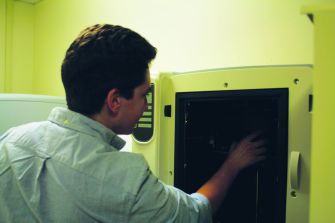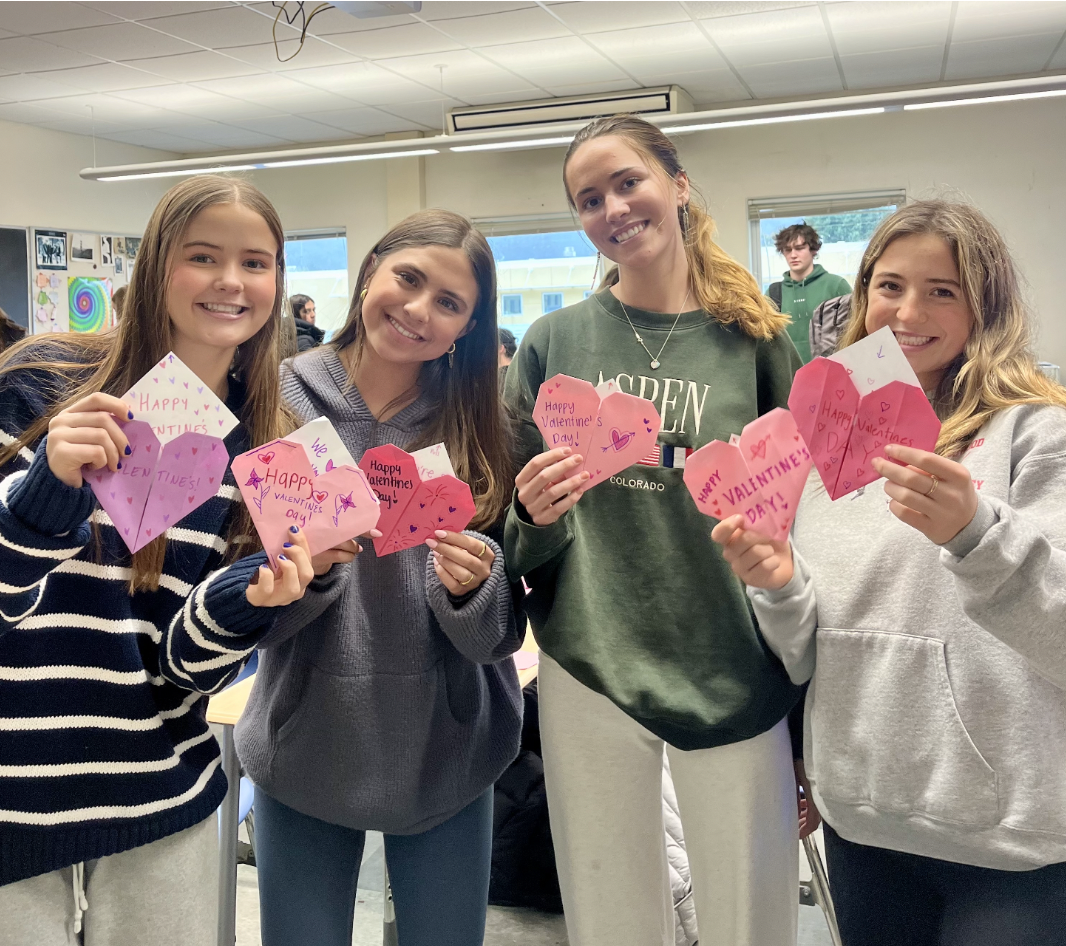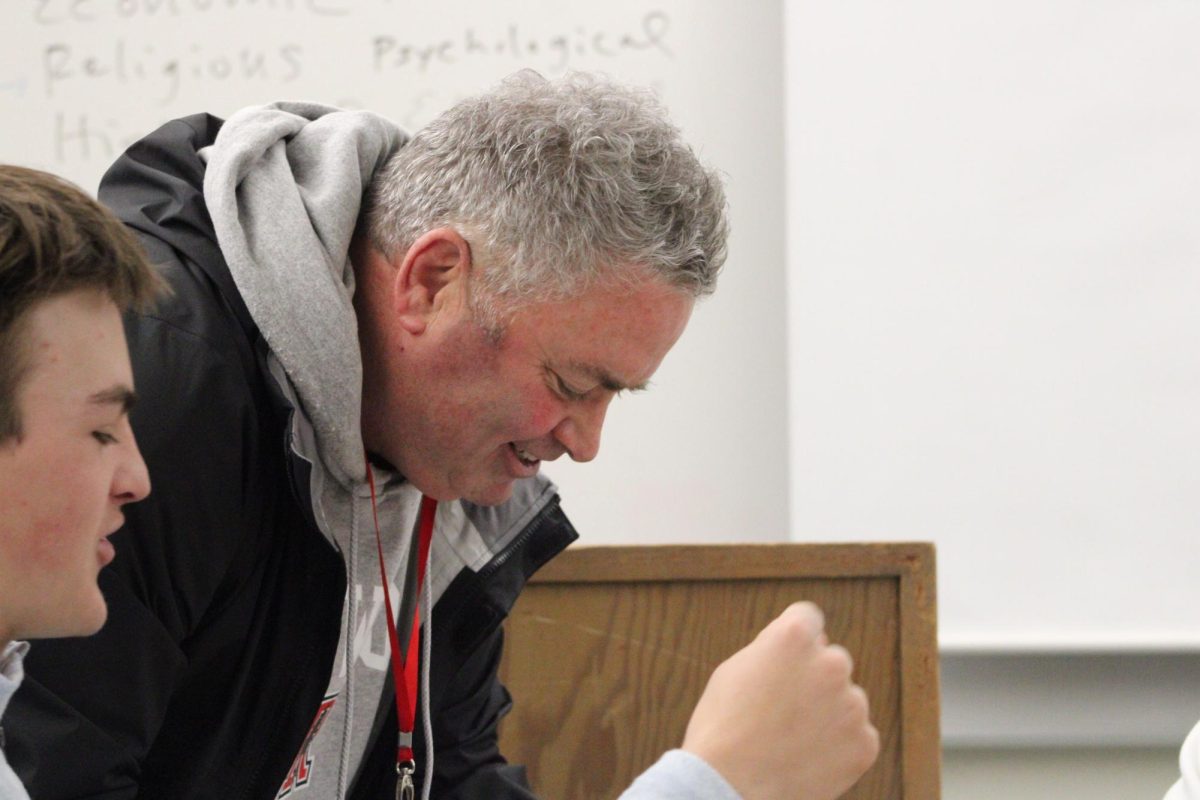What if you could design customized computer or car parts and print them in a matter of minutes? Or create a spacesuit that conforms exactly to the user’s body? What if you could build a new heart for someone in need of a transplant?
The advent of 3-D printing holds huge promise for manufacturing, medicine, and engineering. 3-D printing involves a printer that creates a three-dimensional object by layering materials in a certain shape. When directed by a computer program, a 3-D printer can be used to create items of all shapes and sizes.
Junior Jonah Goodman has gotten involved in researching the possibilities of 3-D printing.
He was introduced to the printers by his older brother, an MIT engineer.
“[My brother] showed it to me, and I did some more research on it, and I asked my parents if I could get one,” Goodman said. “They said, ‘You can get one, but you’re going to have to build it yourself.’ That was my thirteenth birthday present.”

So Goodman built a 3-D printer and learned about the mechanics behind its function.
“It was pretty difficult, but it’s pretty interesting how it’s made,” Goodman said.
Last summer, Goodman worked in a lab at MIT called Mediated Matter. The lab focused on using 3-D printers for biological applications.
“There’s this new area called synthetic biology. It’s pretty much manipulating [biological materials] into forming different structures,” Goodman said. “The group that I work for, our goal is to make biological printers that you could actually wear, that could grow on you, especially for space travel.”
Recently, scientists have been experimenting with 3-D printed artificial organs. This “biologically-inspired” 3-D printing holds great promise for medical research and organ transplants.
“Biologically-inspired can mean two things. One, the compound in the 3-D printing material is organic. It could be cells, it could be chlorophyll, it could be pretty much anything,” Goodman said. “And it’s fitting to you, meaning that it would, in a way, grow on you. It would become part of you.”
Goodman said that 3-D printers could be utilized for space travel in order to make safe, comfortable spacesuits for long-term use.
A 3-D printed spacesuit, Goodman said, could meld to the user’s body and adapt to the harsh and unpredictable conditions of outer space. For example, the suit could hydrate the wearer’s skin.
“I think biologically-inspired spacesuits [will be] the new wave of space travel,” Goodman said. “They won’t be that expensive, and say you break one or lose one—you can just 3-D print a new one.”
Currently, Goodman has two 3-D printers at home: the one that he built, and another that he received in order to test.
Goodman is testing a printer for the company 3-D Systems, sending them feedback about their product. To test the printer, he attempts to print a variety of objects in different shapes and sizes.
“[3-D Systems] said, ‘Hey, we’ll send you one in California to test.’ So I said, ‘That sounds awesome,’” Goodman said. “Testing them is kind of like expanding the boundaries of what it can and can’t do.”
Many Redwood students would be surprised to learn that there are two 3-D printers on campus. They reside in the architecture room and are used primarily by students in the architecture and engineering classes.
Goodman said that 3-D printing is relatively simple. Computer programs that direct the printer can be found online, and the actual printing process is straightforward.
“3-D printing actually isn’t that hard, because you just need to upload the model to the printer and press print,” Goodman said. “The trouble comes if it breaks or if it doesn’t work—then, it’s good to know how it works to try and fix it.”
Goodman said he is returning to the lab at MIT this summer to continue his research on the possibilities of 3-D printing. He is planning for a career in mechanical engineering.
“I’m going to go back to the lab, and they want me to focus on creating a 3-D printer to create these biologically-inspired wearables,” Goodman said. “I think it kind of all ties in together—building and 3-D printing, understanding how it all works, how it could change the world.”




!["I knew I wanted to be a writer. I wasn't a good student [at Redwood], but I wanted to be a writer, and I wanted to paint. I'm self-taught in all of it, which gave me an original voice," Paige Peterson said. (Photo courtesy of Paige Peterson’s website).](https://redwoodbark.org/wp-content/uploads/2025/02/ppeterson.png)

